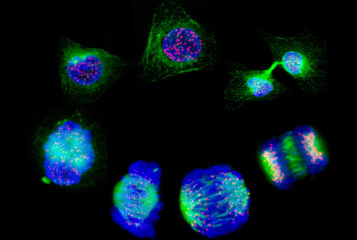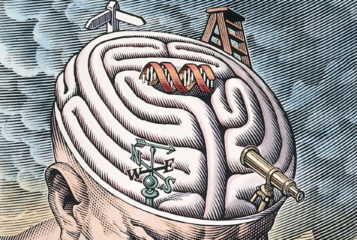Embryo model resembles the early stages of the complete human central nervous system
Human pluripotent stem cells have been used to create a complete model of the human central nervous system and mirror its early stages of development in vitro...
Latin for 'within the glass'. Refers to experiments performed in a controlled environment like a test tube or culture media, rather than inside a living organism or cells.

by Rithika Bose
Human pluripotent stem cells have been used to create a complete model of the human central nervous system and mirror its early stages of development in vitro...

Organoids grown from testicular cells of young mice have shown characteristics of normal mouse testes and have potential to produce sperm...

Genome editing has been used to successfully correct genetic defects in a mouse model of a fatal hereditary disease...

PET's 2023 Annual Conference took place on 6 December 2023. During the first session of the conference, Professor Peter Braude explored the history of the Human Fertilisation and Embryology Act...
The second session of the PET 2023 Annual Conference asked 'Where do we go next?' following Professor Peter Braude's superb coverage of the history of the Human Fertilisation and Embryology Act...

by Dr Lien De Proost and 1 others
Dr Lien De Proost and Dr Nienke de Graeff, bioethics academics at Leiden University Medical Centre, explore the possibility of doubling the 14-day limit on embryo research in the Netherlands...

A chimeric monkey has been created using embryonic stem cells with two different sets of genes, a new study has demonstrated...

Dr Calum MacKellar discusses the biological, moral and legal status of stem-cell-based embryonic entities...
Australia saw the birth of its first baby conceived via capacitation in-vitro maturation or CAPA-IVM treatment last week...

Proteins that exist in the junctions between cells have been shown to help create signalling gradients crucial for cell differentiation in human embryo models...
BioNews, published by the Progress Educational Trust (PET), provides news and comment on genetics, assisted conception, embryo/stem cell research and related areas.

